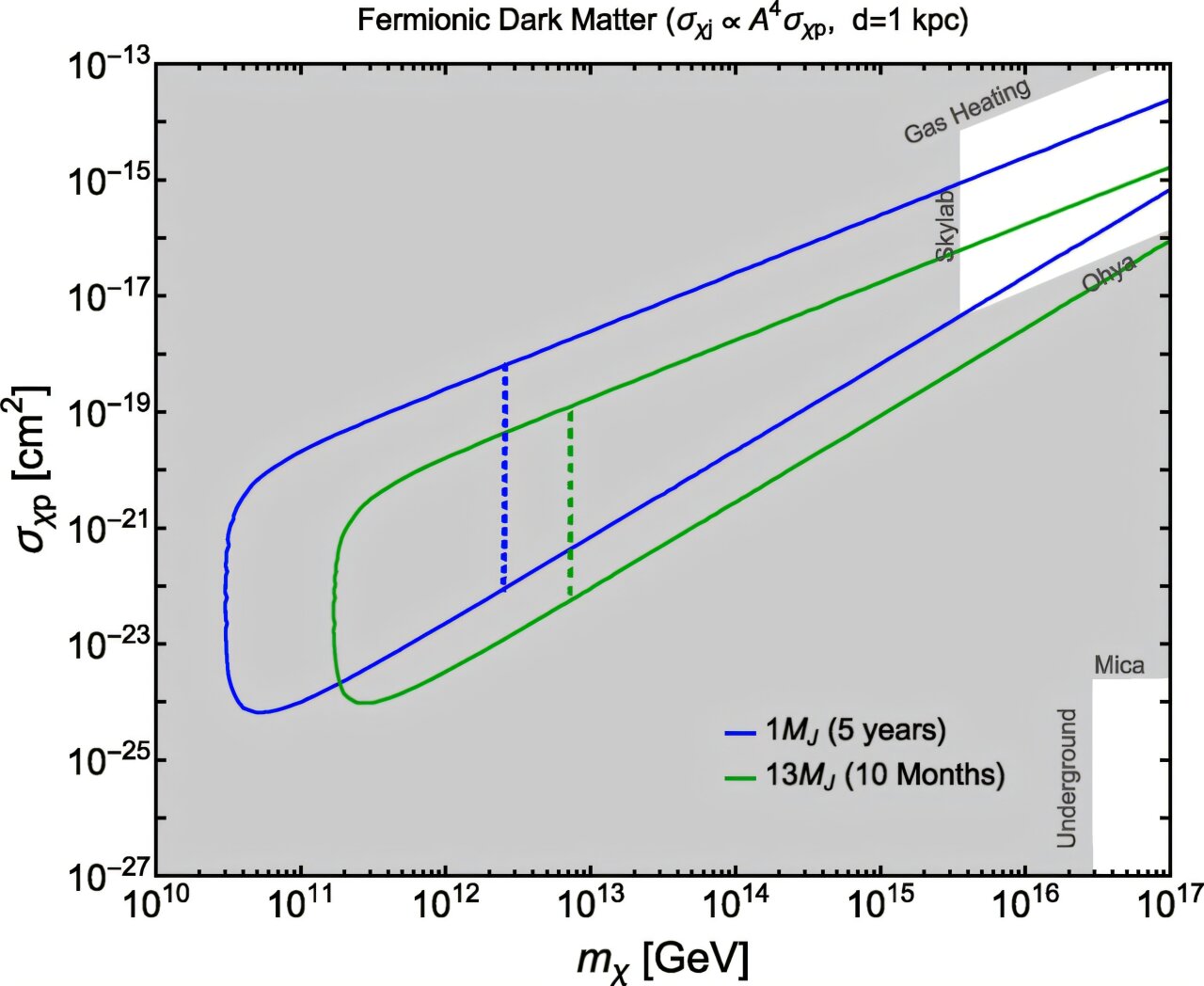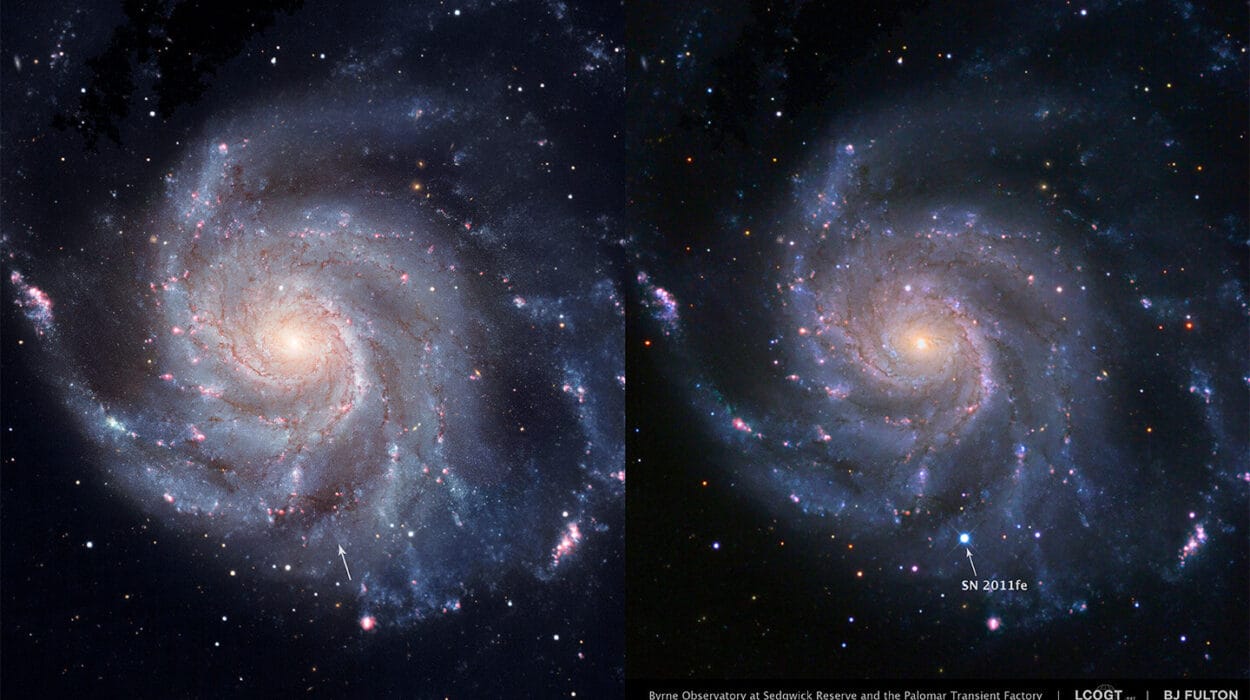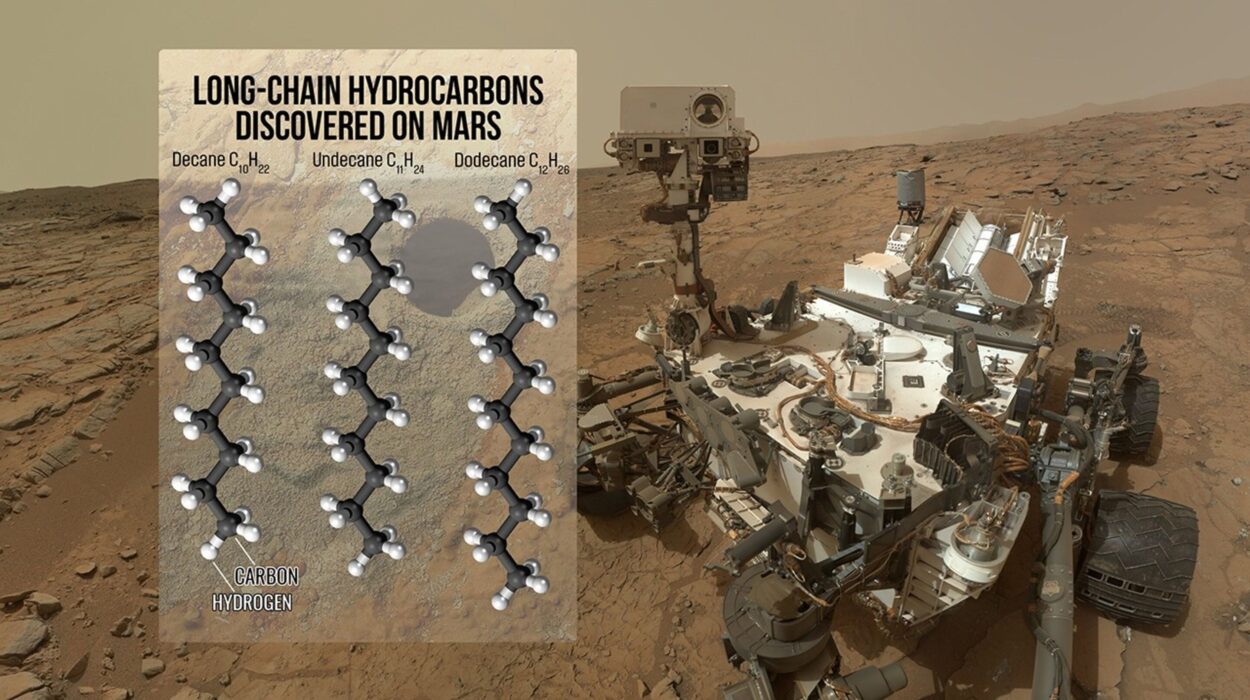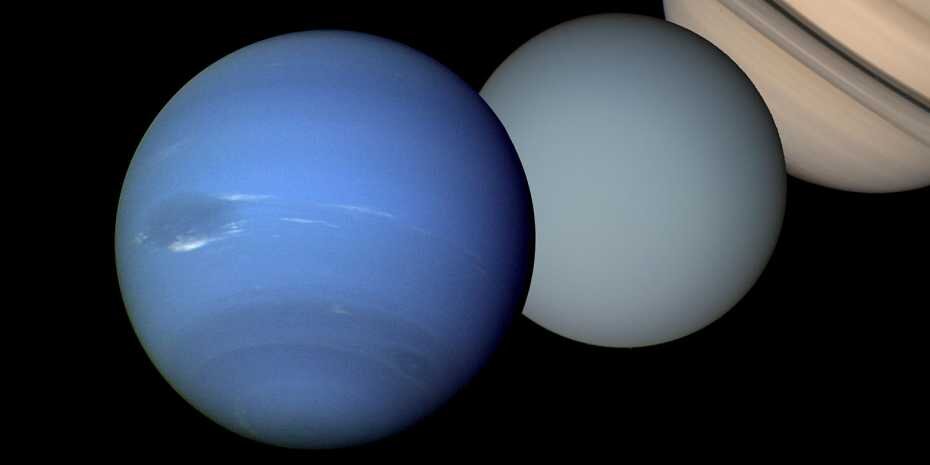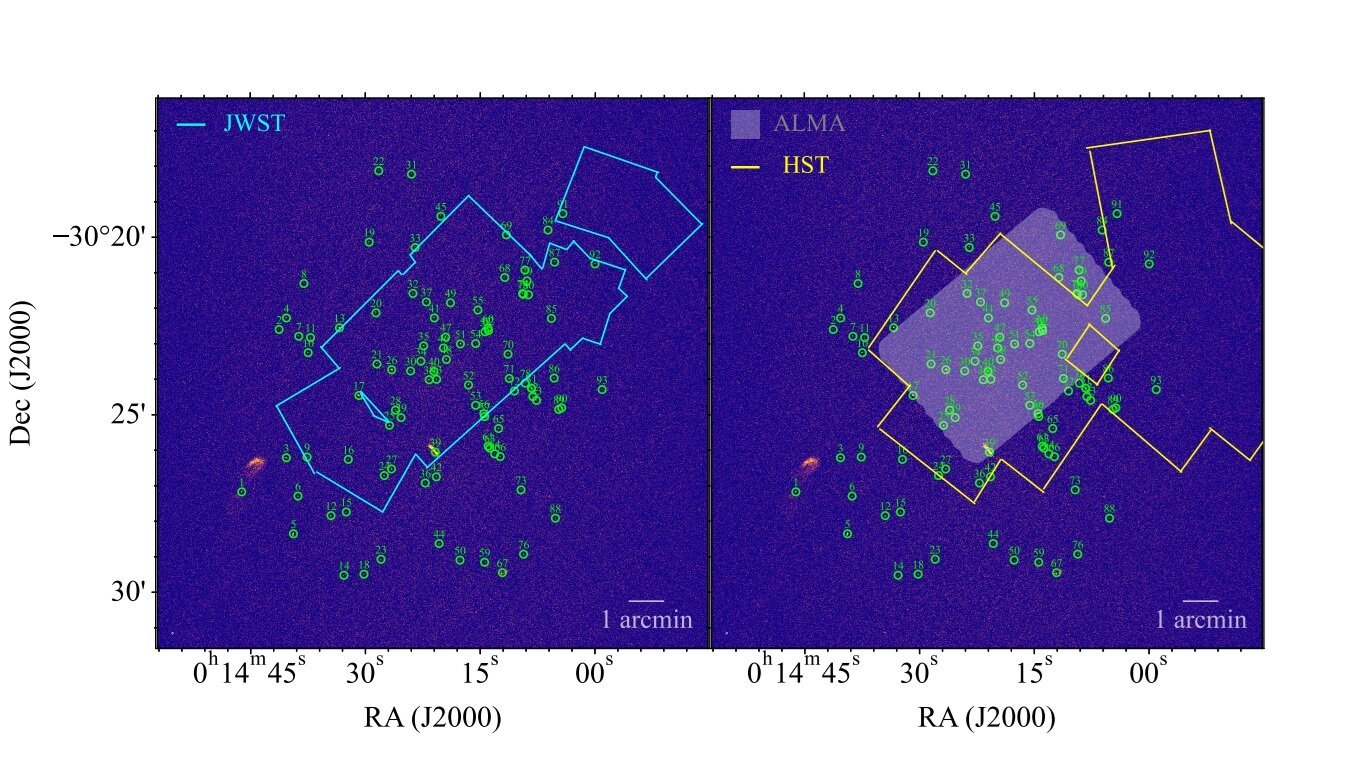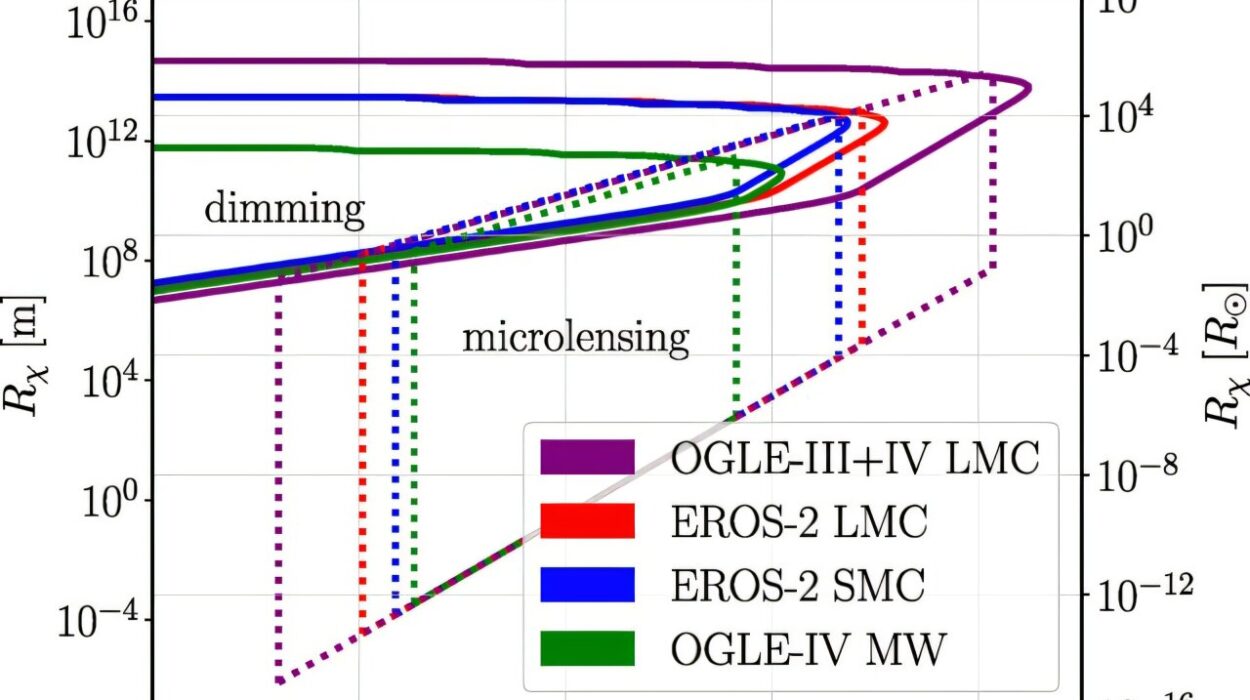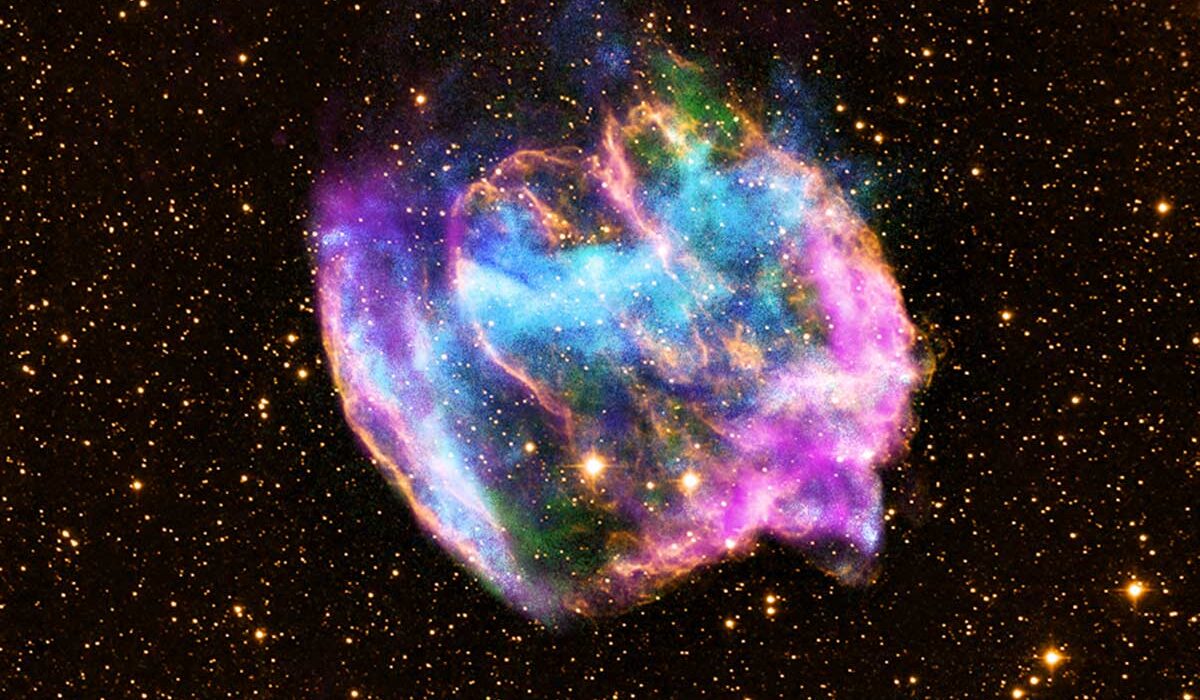For most of human history, we believed the planets in our solar system were unique. Earth, Mars, Jupiter, Saturn—these were the worlds we knew, tiny islands of rock and gas circling the Sun. But in the last three decades, that picture has expanded beyond imagination. Astronomers have discovered more than 5,000 planets orbiting distant stars, known as exoplanets. Some are rocky, like Earth, others are giants larger than Jupiter, and some orbit in strange, scorching orbits or drift alone in the darkness. Each discovery has reshaped our sense of the possible.
Exoplanets have become laboratories for understanding how planets are born, how they evolve, and whether they might host life. Yet, in a twist almost no one anticipated, researchers are now beginning to ask a deeper question: could exoplanets also help us unravel the mysteries of dark matter—the invisible substance that makes up most of the universe but has never been seen directly?
A team at the University of California, Riverside has published a study in Physical Review D that pushes this very frontier. Their work suggests that under certain conditions, dark matter might not only interact with exoplanets—it might actually cause some of them to collapse into black holes. It is a bold, unsettling idea that blends the two great frontiers of modern astronomy: the study of exoplanets and the search for dark matter.
The Invisible Majority of the Cosmos
To understand the magnitude of this idea, we must first confront the enigma of dark matter itself. When scientists look at galaxies, they see stars moving in ways that defy expectations. Galaxies spin so fast that, if only visible matter existed, they should have torn themselves apart long ago. Something unseen must be providing the gravitational glue that holds them together.
That “something” is dark matter. It neither emits nor reflects light, making it invisible to telescopes. Yet its fingerprints are everywhere—in the motions of galaxies, in the bending of light from distant objects, and in the large-scale structure of the universe. Physicists estimate that dark matter makes up 85 percent of all matter, outnumbering normal atoms many times over.
But what exactly is it? That question remains unanswered. Despite decades of searches in underground laboratories, particle accelerators, and space-based detectors, no one has yet captured a dark matter particle. It is one of the deepest puzzles in physics, standing between us and a complete understanding of the cosmos.
Exoplanets as Cosmic Laboratories
Traditionally, scientists have looked to massive objects like the Sun, neutron stars, and white dwarfs as natural laboratories for testing dark matter theories. If dark matter interacts with ordinary matter, it might leave traces in the heat, energy, or structure of such bodies. But exoplanets—despite being plentiful—have rarely entered the discussion.
That is changing. With thousands of exoplanets now catalogued, and with new missions like NASA’s James Webb Space Telescope promising more precise measurements, astronomers suddenly have a rich new dataset. Planets, it turns out, may be sensitive detectors of dark matter in their own right.
The UC Riverside study, led by graduate student Mehrdad Phoroutan-Mehr with professor Hai-Bo Yu and postdoctoral researcher Tara Fetherolf, explores exactly this possibility. They focused on giant exoplanets—worlds similar in mass to Jupiter—and asked: what would happen if they were bathed in dark matter for billions of years?
When Dark Matter Falls Into a Planet
The team’s calculations suggest that dark matter particles could gradually drift into the cores of gas giants. The process is subtle: as dark matter interacts gravitationally with a planet, some of the particles lose energy and get trapped. Over time, more and more accumulate, sinking into the core.
If the dark matter particles are “superheavy” and do not annihilate each other when they collide, something dramatic might happen. They could build up to such an extent that they collapse under their own gravity, forming a black hole at the center of the planet.
Imagine Jupiter, serene and massive, suddenly pierced by a seed of infinite density. At first the black hole would be tiny, but it would feed on the planet’s material. Eventually, it could consume the entire world, leaving behind a black hole with the same overall mass as the original planet.
This is not a prediction of certainty—it is a possibility that emerges under a specific model of dark matter known as the superheavy non-annihilating dark matter model. But if it were true, it would radically change how we think about both dark matter and planetary survival.
A New Kind of Black Hole
So far, every black hole discovered has been massive—at least as heavy as our Sun, and often millions or billions of times more. The idea of a black hole with the mass of a planet sounds almost absurd. Yet this is exactly the kind of evidence that could prove the Riverside team’s hypothesis.
“Discovering a black hole with the mass of a planet would be a major breakthrough,” Phoroutan-Mehr explains. It would provide evidence that dark matter can collapse inside planets and would open a new chapter in astrophysics.
Such black holes would also challenge the long-standing theory that the only way to make a planet-sized black hole is through processes in the early universe, just after the Big Bang. If they could instead form inside exoplanets today, it would reveal a new and ongoing connection between dark matter and planetary physics.
The Growing Power of Exoplanet Surveys
One reason this research is possible now is the explosion of data on exoplanets. A few decades ago, we knew of none. Today, we know thousands, and each discovery gives us a chance to test new ideas.
Exoplanet surveys not only measure the masses and sizes of these worlds, but increasingly reveal details about their atmospheres, temperatures, and orbits. If dark matter is affecting planets in subtle ways—by heating them, altering their evolution, or in rare cases collapsing them into black holes—astronomers may begin to notice patterns.
Phoroutan-Mehr emphasizes that regions of the galaxy where dark matter is densest, such as the Milky Way’s galactic center, may be especially revealing. There, planets might serve as test subjects for the nature of dark matter in ways that stars alone cannot.
What It Would Mean to Find a Planet-Sized Black Hole
The implications are staggering. If astronomers were to discover even a handful of black holes with masses similar to planets, it would offer powerful evidence in favor of the superheavy non-annihilating dark matter model. Such a discovery would not just explain an exotic phenomenon—it could help identify what dark matter actually is, something physicists have been chasing for nearly a century.
On the other hand, the absence of such black holes is just as valuable. The fact that Jupiter and many gas giants in our galaxy have not yet collapsed suggests limits on how dark matter behaves. In this way, every intact exoplanet is a data point, helping refine which theories of dark matter remain possible.
A Universe of Caution and Wonder
Of course, this is theory. Dark matter has never been seen directly, and its interactions with planets remain speculative. But science often advances by pushing the boundaries of imagination, by asking what-if questions and then working out their consequences.
The beauty of the UC Riverside study is that it turns distant, alien worlds into potential laboratories for physics we cannot test on Earth. It invites us to look at the stars not just as places where life might exist, but as tools for probing the deepest mysteries of matter itself.
The Road Ahead
Future telescopes may make this vision testable. More sensitive instruments could detect unusual heating in exoplanets, or spot radiation that might be linked to dark matter interactions. If a planet were found to vanish or show signs of collapse without another explanation, the dark matter hypothesis would gain credibility.
At the same time, laboratory experiments on Earth continue their hunt for dark matter particles. Between underground detectors, space missions, and particle accelerators, the net is tightening. Exoplanets add another strand to that net—a cosmic one, woven across light-years.
A Cosmic Partnership
What is striking is the unity of the search. Dark matter, once thought to be the realm of particle physicists alone, is now a puzzle shared by astronomers, planetary scientists, and cosmologists. Exoplanets, once thought of merely as cousins of Earth, may now hold keys to the universe’s deepest secrets.
The two stories—of dark matter and of exoplanets—have merged into a single narrative. Together, they tell us that the universe is not only richer than we imagined, but also more interconnected. A planet around a distant star may one day reveal the nature of the invisible matter that binds galaxies.
The Eternal Mystery of the Invisible
Albert Einstein once said, “The most beautiful thing we can experience is the mysterious. It is the source of all true art and science.” Dark matter embodies that mystery. It is everywhere, shaping galaxies and sculpting the cosmos, and yet it hides from us, invisible and silent.
Exoplanets, meanwhile, are worlds beyond reach, tiny points of light that remind us of the vastness of creation. To think that these two mysteries might intersect—that dark matter might carve its fate inside the hearts of planets—reminds us how little we know, and how much there is still to discover.
The search is far from over. It may take decades, even centuries, to uncover the true nature of dark matter. But with each exoplanet discovered, with each new theory tested, we step closer. And in the process, we expand not only our knowledge of the universe, but also our sense of wonder at the hidden truths that lie beyond the stars.
More information: Mehrdad Phoroutan-Mehr et al, Probing superheavy dark matter with exoplanets, Physical Review D (2025). DOI: 10.1103/qkwt-kd9q
